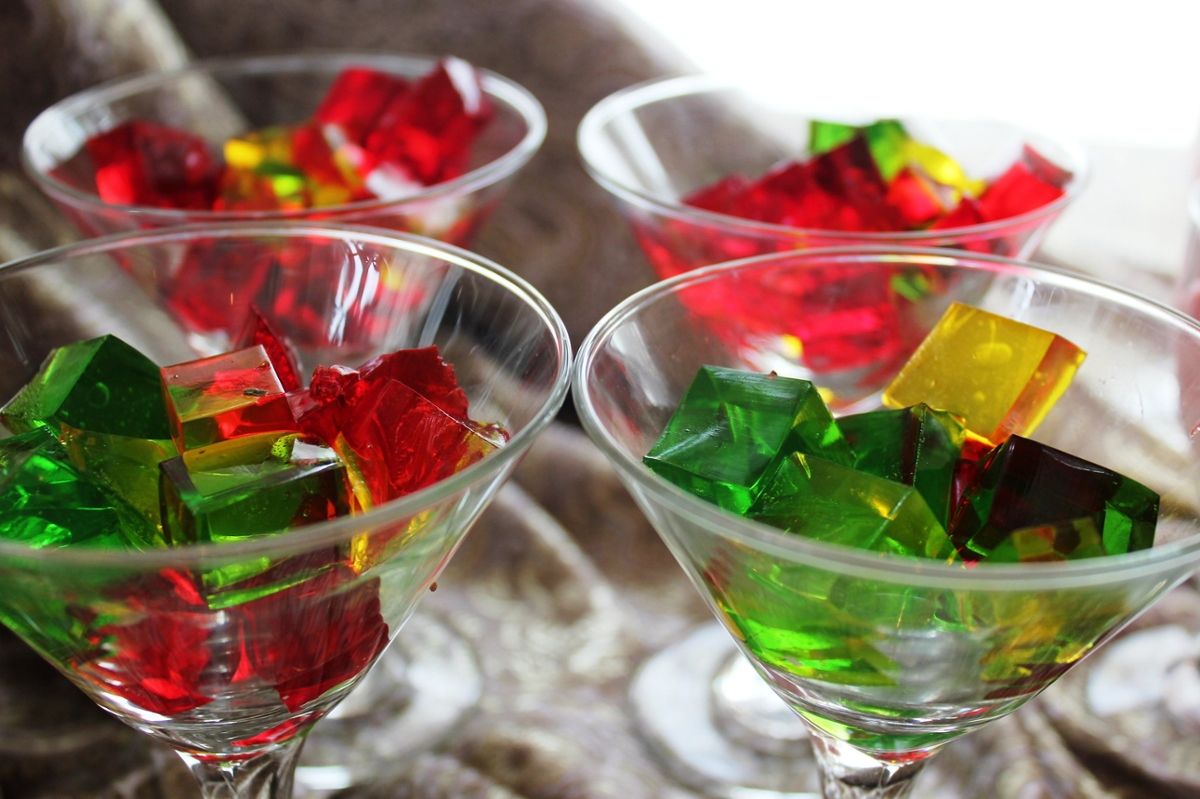They say that variety is the spice of life. This may be especially true with food texture. Scientists have long known that texture impacts taste, and that foods with textures we like tend to taste better to us. However, they are finding that the variety of textures we eat might be just as important as our preferences.
A 2016 study set out to understand texture’s relation to satiation, the feeling of fullness, by giving two groups of participants different “starter” foods that were made from gelatin and had identical flavors and calorie counts; one was just the gelatinous texture while the other was filled with a variety of textures such as crunchy, crispy, chewy, gritty, and melty.
After eating these foods, participants were told they could eat as much food as they liked first from a buffet of pasta, and then from one of chocolate cake in twenty minute periods. They were then asked to track how full they felt as the day progressed and respond by completing a food diary. In the end, the study found that people who ate the texturally complex starter ahead of the buffet ate significantly less than those who had the uniformly textured starter and that both felt equally full as the day continued.
The scientists involved in the study postulate that the starter food with greater textural complexity fooled the brains of the group that consumed it into thinking they had eaten a variety of different foods and thus that they needed to consume less. Texture, therefore, might be a new key to helping us cut back on the amount of food we eat.










